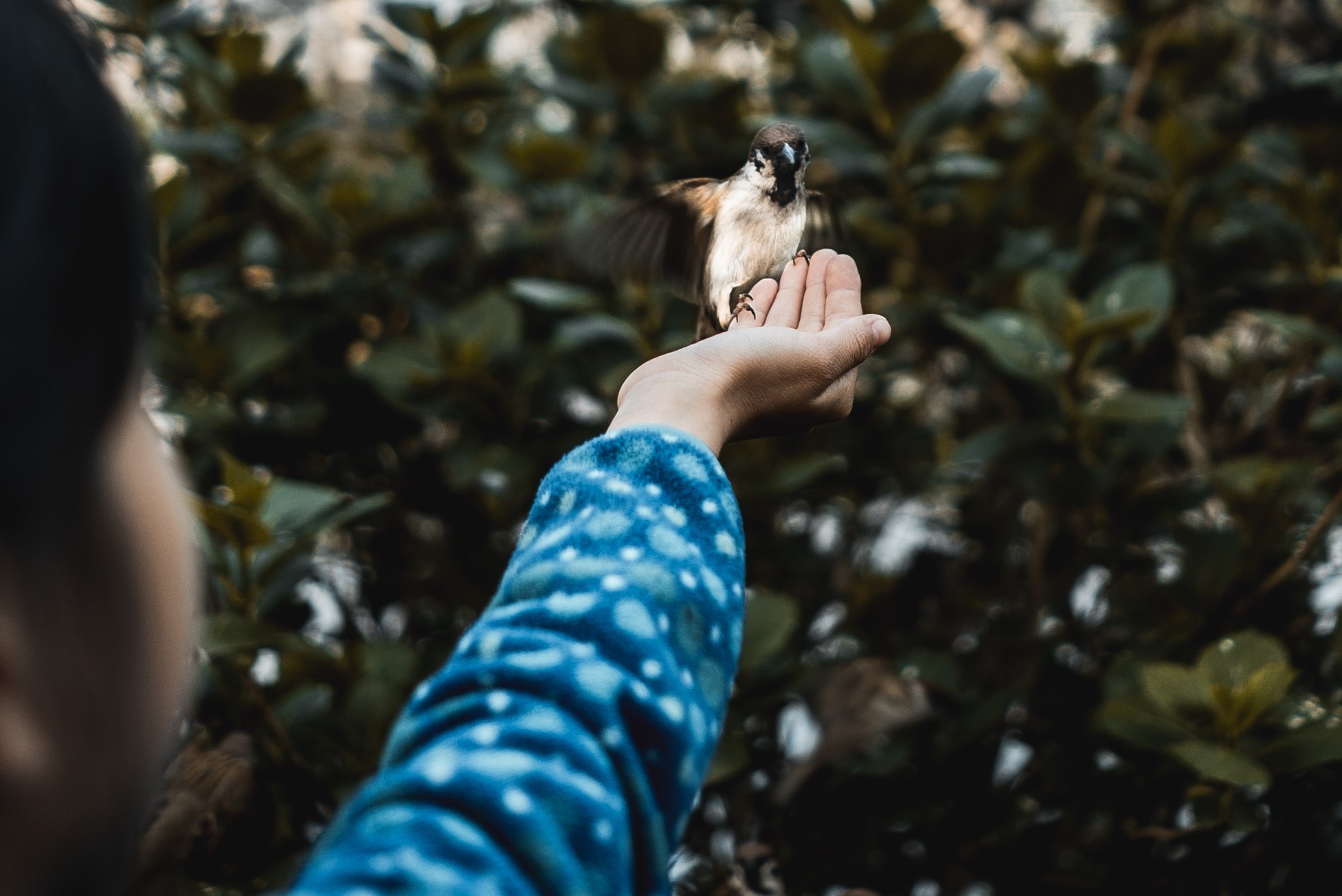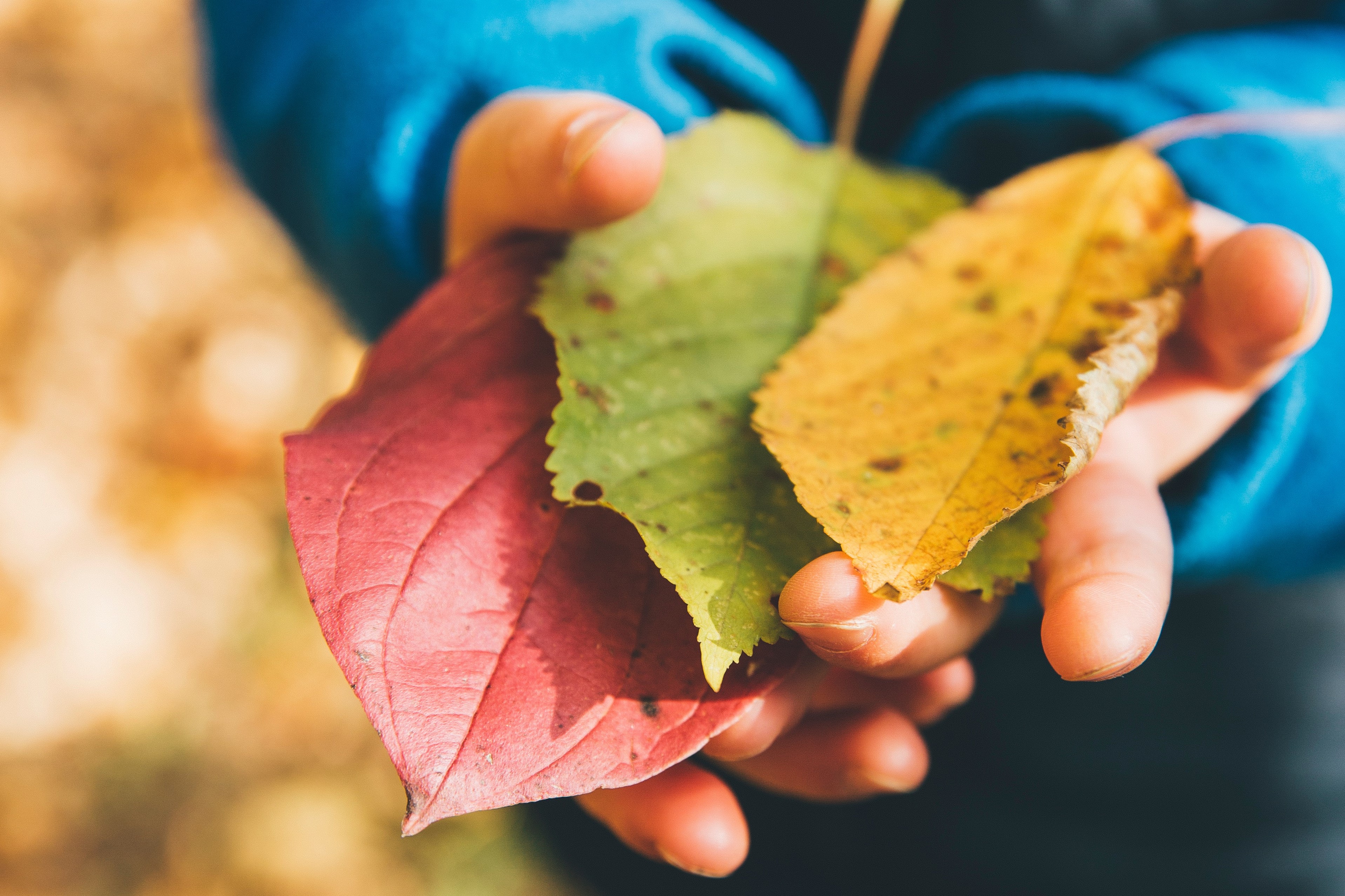We are thrilled to welcome Dr. Kristin Moon of Kristin Moon Science back to the Homeschool Compass. If you’ve seen Dr. Moon’s previous article, you know that prioritizing time in the outdoors offers many benefits for us and for our kids.
Sometimes we’re just not sure what to do when we get outside. After we’ve gone to all the trouble of getting our kids outdoors, what can we do to keep them excited and learning once they’re there? Dr. Moon has some great advice for us.
Enjoying the outdoors as a family doesn’t need to be complicated. Here are just a few of the many ways you can get your kids learning and exploring out in nature.
1. Explore one small square

Go outside and measure off one square of ground 12 inches by 12 inches. You can use yarn and sticks (or whatever you like) to section off your spot. Have your kids investigate what they can find inside just that single square. What living things do they discover? What non-living things can they find? How do the living and non-living things work together? Check on the square each day and see if anything has changed.
2. Go on a nature scavenger hunt
A scavenger hunt is a fun way to explore nature, no matter the season. Change up your hunt according to the season. In the spring, you can search for signs of rebirth (like flowers blooming, new buds on trees, bees, birds making nests). In fall, you can hunt for different colors of leaves. In winter, see if you can find animal tracks in the snow. In summer, you can look for different types of insects. You can create a list of things each person needs to find ahead of time and see who can find the most items.
One fun variation of this is to have a color scavenger hunt. Each participant tries to find at least one thing that matches each color listed. Kids can store their finds in a bag or egg carton, and then everyone can share what they’ve found with the rest of the group.
3. Go bird-watching

Bird-watching isn’t just fun. It’s good for you! It’s also very easy to do, no matter where you are. There are many fantastic resources available to help you identify the birds you see, by sight and by sound. If you want to take it further, you can have your kids keep a tally of how many of each type of bird they find and graph the results. They can also participate in citizen science by logging their results on eBird.org. This helps biologists better understand the migration patterns of birds across the world.
4. Hunt for rocks
You may not think studying rocks can be very fun, but it can. For one thing, you can find rocks just about everywhere you go. More importantly, not all rocks are made equally. There are three major types of rocks: igneous, sedimentary, and metamorphic. Your students can learn how each type of rock is formed, and then go searching for each type of rock out in nature
Your children can easily start their own rock collection (in an empty egg carton), and then use the many rock identification books or websites available to identify their rocks. It’s even possible to make your own homemade mineral study kit to help your kids learn more about each of their rocks (like their hardness on the Mohs’ scale, if they can cut class, etc.).
5. Track the weather
Learn about weather patterns by tracking the weather is a great way to teach science through the outdoors. Kids can make their own barometer to track air pressure changes, or simply record the daily high/low temperatures and whether it was sunny, cloudy, rainy, or snowy.
6. Photograph a tree in all four seasons
Find a nearby tree in your yard and take a photograph of it. Then continue to take a photograph of the tree each week throughout the year. When you’re done, compile all of your pictures in a collage and see how the tree changes throughout the year.
7. Make a leaf collection

Collecting leaves is a fun and easy way to help your children appreciate the outdoors. Gather leaves from different types of plants and trees while in your yard or on a nature hike. You can preserve the leaves by pressing them, then add the preserved leaves to a notebook, scrapbook, or album.
A leaf collection is a great way to expose children to the different types of leaves, as they examine the variety of shapes, venation, and margins found in leaves. You can take this even further by having students use one of the many online sites to help them identify the trees from which the leaves were taken. This is a project that I have my high school biology students do each year.
8. Start an insect collection
Whether we like to admit or not, insects are everywhere. Creating an insect collection is a great way to get students out into nature while they explore the variety of insects in their own backyard.
It is possible to make an insect collection with real insects, but this will require using a kill jar. When I assign my biology students the task of creating an insect collection, I give them the option of taking pictures of the insects they find, rather than killing them.
Students can use any one of many available websites to identify the insects they’ve found. This is a great way to cover science topics such as taxonomy and using a dichotomous key.
9. Find the letters of the alphabet in nature
This is a fun challenge. Take your phone or camera and head out into nature. See if you can find all of the letters of the alphabet displayed in natural things. Some letters are easy to find, while others are more challenging. For some letters (like Q), you may have to create them using sticks, stones, or other natural items. When you’re done, make a collage of your nature alphabet.
10. Catch fireflies
In the summertime, take advantage of the simple joy of catching fireflies. Of course, be gentle with them and release them once you’ve gotten a good look. Take this opportunity to learn about how and why fireflies glow.
11. Count tree rings
Show your children how easy it is to determine a tree’s age by counting tree rings. Then go see if you can find some fallen trees or large branches in your yard. Use what you have learned about tree rings to estimate the age of the tree.
12. Start a garden

Planting a garden is a great activity to get you and your family out in nature. There are many types of gardens you can plant, from container herb gardens to gardens that attract butterflies, flower gardens to vegetable gardens. Some of my fondest childhood memories are of working with my dad in our vegetable garden. For some reason, nothing tastes better than fruits and vegetables you’ve grown yourself.
13. Dissect a flower
We all appreciate the beauty and fragrance of flowers, but do you and your kids understand the biological purpose of a flower? Flowers contain the reproductive organs of a flower. The act of pollination works to transfer the male genetic information from one flower to the female genetic information of another. A great way to learn more about the parts of a flower is by dissecting a flower.
You don’t need any special equipment to dissect a flower: something as simple as a plastic knife, or even your fingers will suffice. Encourage kids to locate the different parts of a flower and determine the male and female organs. This can lead to more exploration as they learn what happens once pollination takes place.
14. Try geocaching
Geocaching is a fantastic way to spend time outdoors while learning more about geography at the same time. Geocaching is kind of like a real-life treasure hunt using a GPS-enabled device. There are millions of geocaches hidden around the world which can be found by navigating to posted coordinates. At minimum, each geocache contains a logbook in which you record your name and the day/time you found the geocache. Some even contain a game piece or some sort of prize you can take as long as you leave something behind for the next discoverer.
15. Use cricket chirps to determine the temperature
Yes, I know this sounds crazy but it can be done. Because crickets are cold-blooded, their activity levels fluctuate based on the outdoor temperature. Physicist Amos Dolbear studied the relationship between temperature and the rate of cricket chirps and came up with a mathematical formula. This formula, known as Dolbear’s Law, allows you to determine the outside temperature (in degrees Celsius or Fahrenheit) based on how many times a cricket chirps in a given time frame.
These are just a sampling of the many things you and your family do to explore and enjoy the outdoors. What nature activities do you enjoy that I didn’t include?
I hope you make the commitment to get outside at least once a day. Not only does it provide health benefits, but it’s also a great way to learn about the world around us and helps us to understand our part in the big, wide world.
Enjoy this post? Be sure to visit Dr. Moon at Kristin Moon Science and follow her on Instagram, Facebook, and Pinterest.